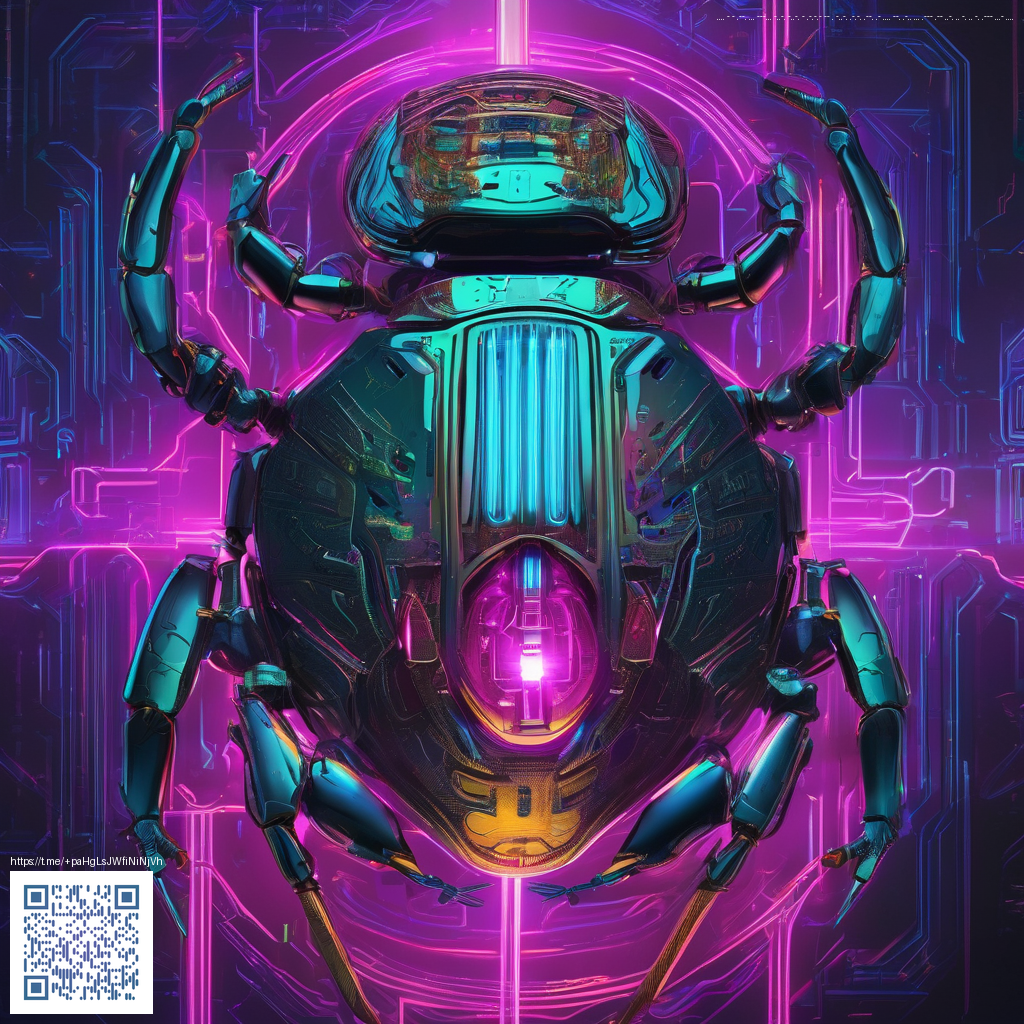
From Sketch to Interactive Prototype: Mastering Adobe XD
If you’re stepping into the world of prototyping, Adobe XD is a powerhouse that turns rough ideas into tangible, testable experiences. The journey from a simple sketch to a clickable prototype is less about fancy tools and more about a thoughtful workflow: clear user goals, a structured information architecture, and deliberate interactions that feel natural to users. 🚀 In this guide, we’ll walk through a practical path you can adapt to any project—whether you’re crafting a mobile onboarding flow, a dashboard, or a playful e-commerce micro-interaction. 🧭💡
1) Start with clarity: map the user journey
Before you touch a single prototype frame, take time to define the user’s path. What problem are you solving? What decision should the user make, and when should they make it? In XD, this translates to arranging screens into a logical flow and labeling each step. A common approach is to sketch rough layouts on paper or a whiteboard, then translate those sketches into wireframes with artboards that mirror real user actions. This practice helps you avoid feature creep and keeps the prototype focused on outcomes rather than aesthetics alone. 🗺️✨
- Identify primary tasks and decision points
- Outline a minimum viable flow (MVF) to validate early ideas
- Keep navigation simple and predictable
- Plan how users would recover from errors
2) Build a lean component library: consistency pays off
Consistency is the backbone of a believable prototype. In XD, a well-constructed component library serves as a single source of truth for buttons, inputs, cards, and icons. Start with a few core components, define their states (default, hover, active, disabled), and then extend with variants as your design evolves. This approach makes it easy to iterate without rebuilding elements from scratch on every screen. Plus, it speeds up collaboration with teammates who may reuse your components across scenes. 🧱🎨
- Create reusable symbols for headers, CTAs, and form fields
- Utilize component states to communicate interactivity
- Leverage variants to handle different content without extra screens
- Organize layers and groups for clean handoff
3) Bring the prototype to life: interactions, transitions, and overlays
This is where XD shines. The Prototype mode lets you connect screens with a few clicks, set navigation actions, and define how screens move from one to another. Start with primary transitions like slide or dissolve, then explore more nuanced motions using Auto-Animate to create fluid, natural changes between states. Overlays can simulate popups or side panels without adding new screens, while voice prototypes let you test audio-driven interactions. The key is to balance motion with usability—animations should clarify intent, not distract. 🌀🎯
Tip: keep transitions snappy and predictable. When users feel in control, prototypes feel more real and decisions become easier to validate. 🗣️
As you wire up interactions, think about accessibility: provide clear focus states, logical tab orders, and keyboard shortcuts. A prototype should be testable by everyone, not just those who love design software. If you’re prototyping on a team that includes developers, the Prototype mode’s sharing features enable stakeholders to experience the flow on their own devices, which speeds up feedback cycles. 💬📱
4) Test, iterate, and validate early and often
“Build-test-iterate” is the rhythm of prototyping. When you test a XD prototype with real users or stakeholders, you gain insights you can’t glean from static designs. Watch where users hesitate, where they expect different behavior, and what confuses them. Use those observations to refine the information architecture, tighten the flows, and adjust micro-interactions. The result is a prototype that not only looks polished but also preserves a truthful sense of how the final product should feel. 🔍🧠
During this process, many designers find it helpful to physically optimize their workspace for focus and comfort. For example, a high-quality non-slip surface can improve ergonomic comfort during long design sessions. A practical reminder: you don’t need to own top-tier gear to prototype well, but a reliable mouse pad can help you stay precise while you iterate. If you want a concrete reference, you might explore products such as the Neon Gaming Rectangular Mouse Pad Non-Slip 1/16-in Thick—it's a small detail, but comfort matters when you’re testing multiple iterations in a single day. Neon Gaming Rectangular Mouse Pad Non-Slip 1/16-in Thick 🧼🖱️
Beyond usability, don’t neglect the narrative of your prototype. Add annotations to explain user intent, provide alternate flows for edge cases, and create a lightweight style guide within XD so readers of your prototype can understand decisions quickly. This practice makes sharing with teammates and clients smoother and more productive. ✍️📘
5) Share and collaborate: feedback that moves the project forward
One of XD’s strongest advantages is how easy it is to gather feedback. Share a live prototype link with teammates, clients, or testers, collect comments, and keep version history organized. When everyone can explore the flow in their own environment, you’ll uncover edge cases you hadn’t anticipated. Use descriptive notes and issue tags to triage feedback efficiently, and don’t hesitate to loop back with quick iterations. Collaboration accelerates learning and reduces the risk of late-stage surprises. 🤝💡
As you refine, you’ll notice the line between “prototype” and “final design” begins to blur—in a good way. A well-constructed XD prototype becomes a living blueprint, guiding developers, product managers, and QA engineers toward a shared vision. The end product benefits from this alignment, and your stakeholders appreciate the clarity you’ve brought to the process. 🧭✨